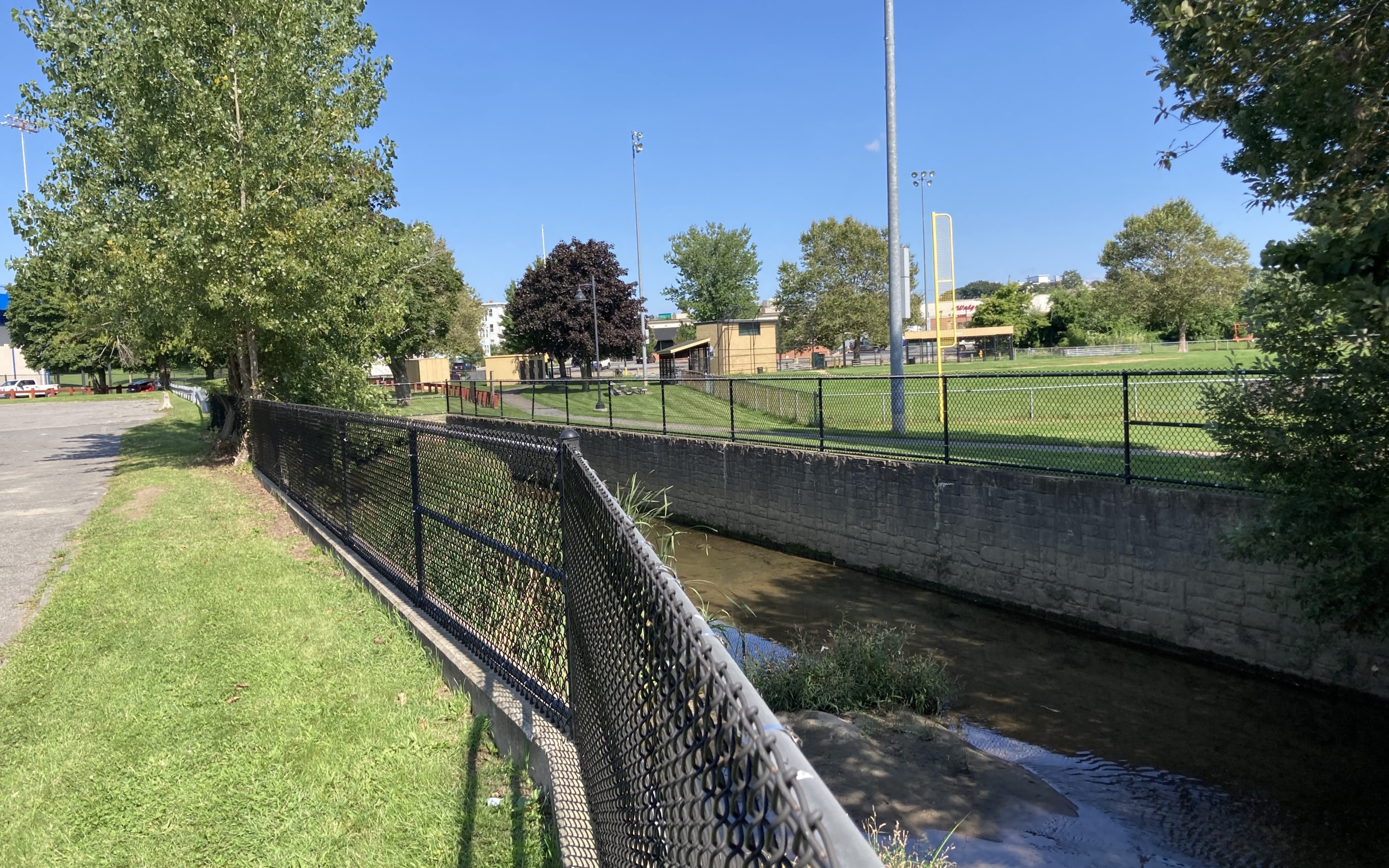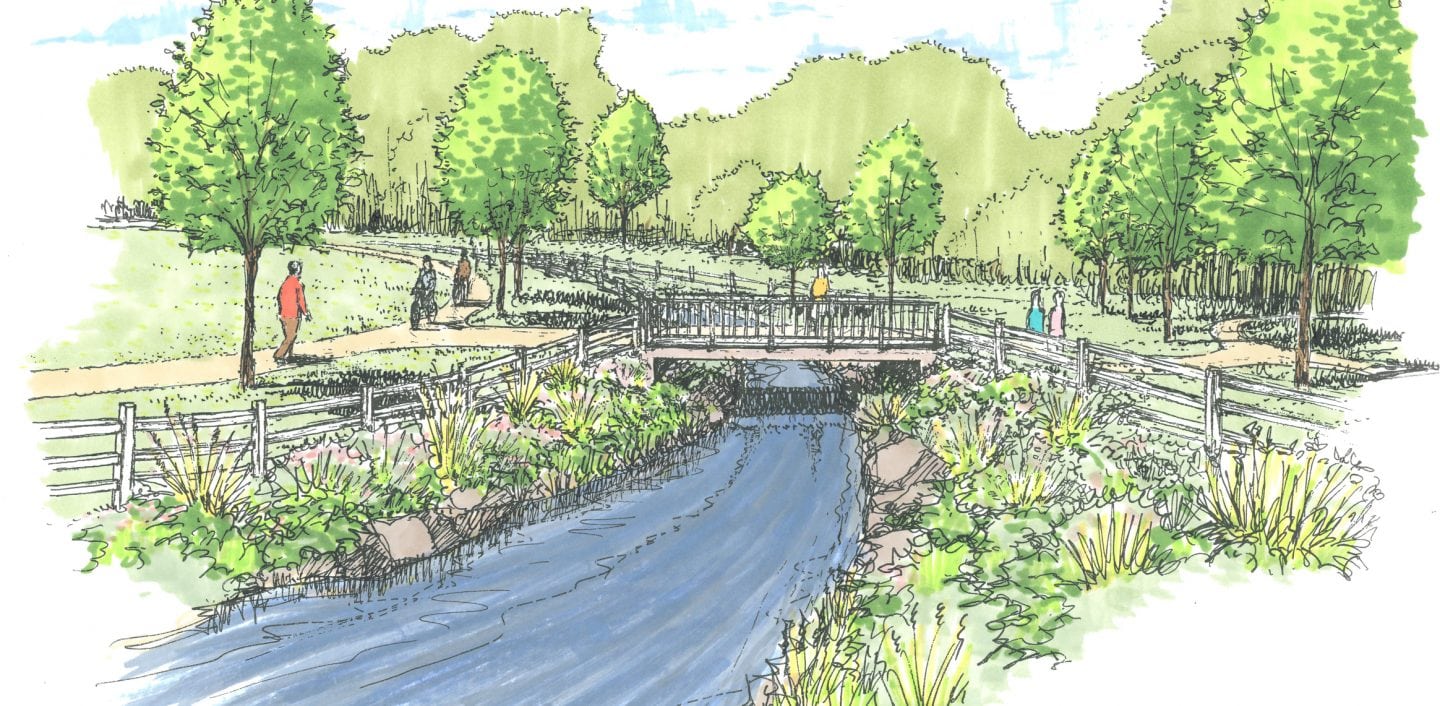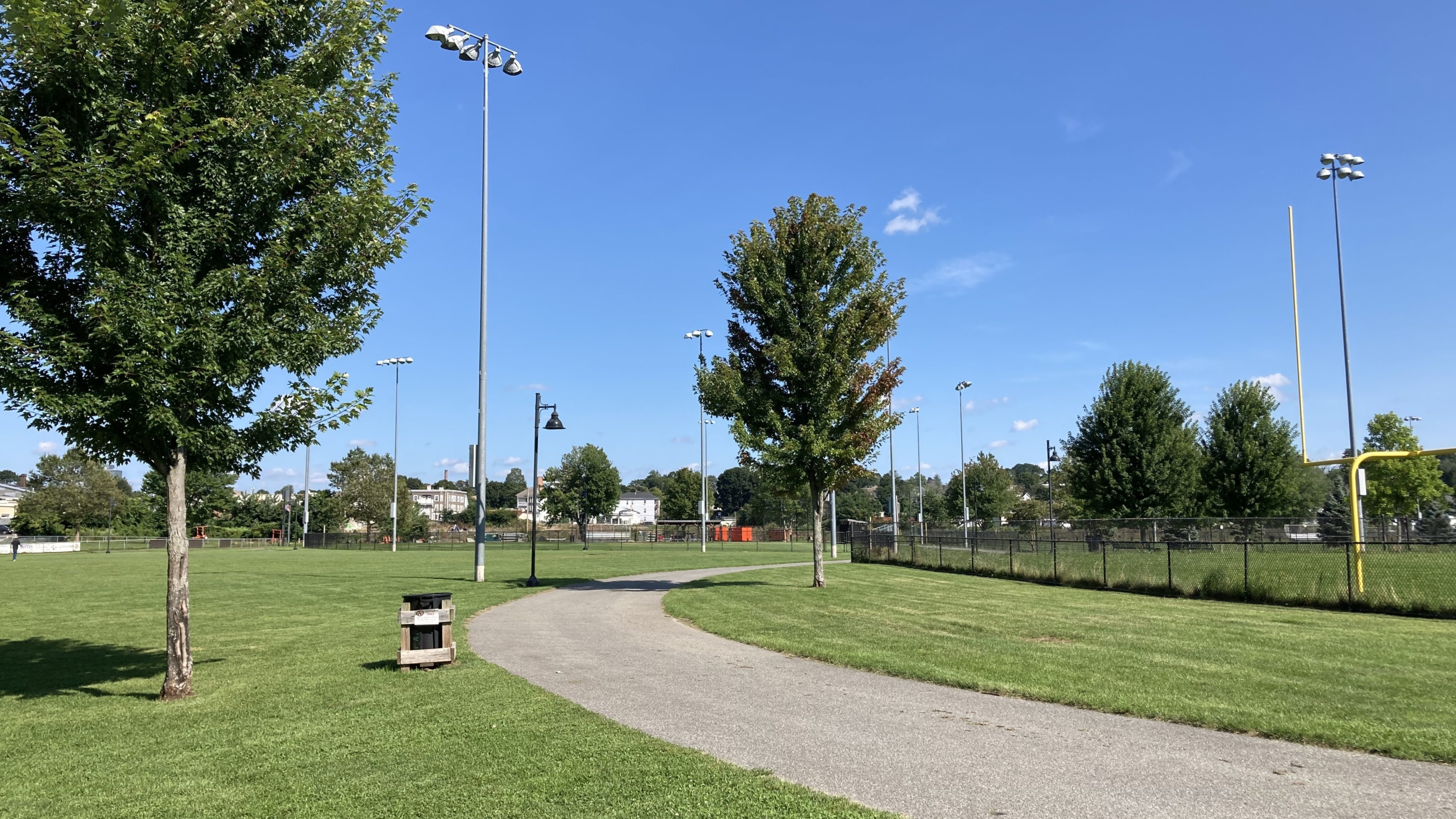Beaver Brook Culvert and Park Improvements
Worcester, Massachusetts

For years, the City of Worcester was faced with problematic flooding within Beaver Brook Park that prohibited the public from utilizing the park for several days following most storm events. An opening in the top of the existing culvert within the park provided relief for excess stormwater flows that could not be conveyed within the culvert. Therefore, the park provided the needed flood storage during most storm events.
BETA was retained by the City to develop alternatives to mitigate the flooding and improve the overall functionality of the park. This project included of a hydrologic study of a 3,000-acre urban watershed that contributes stormwater to Beaver Brook. The section of culvert within Beaver Brook Park was approximately 3,000-feet in length and consisted of a 25-foot wide metal arch that covered a 16-foot wide base channel.
Within portions of the park, the metal arch had collapsed on a few occasions and was repaired by the City. BETA created a hydraulic model of Beaver Brook that was used to develop and assess different design scenarios to mitigate flooding and improve the overall functionality of the park. The selected alternative consisted of “day-lighting” the channel, to create a wider stream channel with enough capacity to convey most storm events and reduce flooding within the park. Due to downstream constraints, the park would still need to provide relief for storm flows during severe storm events.

BETA’s design within the park included the reconstruction of two softball fields, a football field, relocation of the in-line skating rink, lighting, irrigation, drainage and installation of walking paths. The fields were reconstructed at a higher elevation and dedicated low points were located within the park to divert storm flows and minimize flooding of the fields. There was no net loss of flood storage as a result of the project. Beaver Brook is now one of Worcester’s most heavily utilized parks within the City.




